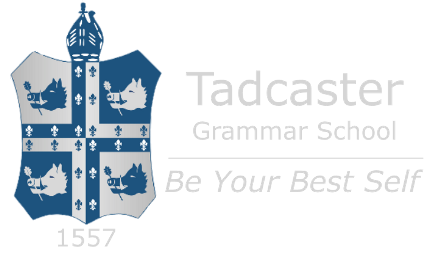Teaching students with disabilities is highly underrated. In fact, colleagues and I often brag that our students are the coolest kids in school, a sort of ‘best kept secret’ of the trade (except we’ve been shouting it from the rooftops for a while).
Here at TGS we have a fantastic group of staff who work alongside students with varying needs. The students have been following an out and about programme through practical Learning and Life Skills. The towns’ project is aimed at building practical and social skills, comparing cities, towns and villages and looking at what they offer the community. The students observe the surroundings and amenities. They learn about road safety, how to cross the road safely. They learn about handling money and communication skills, where they visit a shop with a list of groceries to buy. Public transport can be very challenging for students who are anxious; they are encouraged to overcome this with trips on buses to various places. All these practical skills lead to more school based work; where the students are going on to build their own model town.
At Tadcaster we use the holistic approach, holistic education seeks to help students grow and develop in all dimensions: emotional, psychological, creative, social, imaginative, physical, intuitive, and spiritual. Holistic treatment simply means treating the entire person, which is what we aim to do. Building self-esteem in a student then leads to positive outcomes to learning. The students begin to feel confident when crossing the road, using public transport and going into a shop and confidently buying something.
Practical (active) learning .Active learning is consistent with other theories of learning:–Learning should be relevant and situated within a meaningful context. This idea was developed by the philosopher Jean-Jacques Rousseau (1712–1778) it led to inquiry-based and discovery learning models. The main idea here is that we learn best when we can see the usefulness of what we learn and connect it to the real world.
Active learning uses the constructivist’s method. Constructivist teaching is based on the belief that learning occurs as learners are actively involved in a process of meaning and knowledge construction as opposed to passively receiving information.
In other words – to actively take part not just sit and listen or watch.
How do we record and measure success? Written evidence of students, evidence of products created, along with photographic / video evidence.
These can be annotated and matched to criteria set for different assessment types, including –AQA unit awards, ASDAN and CAPPS
One additional thing are the exciting enterprise projects the students undertake to create meaningful activities leading to goods for selling to raise funds ready for our next project ideas. We try to link projects to seasonal themes – Garden hanging baskets for the summer, Bug hotels and bird boxes for spring and Christmas crafts.

